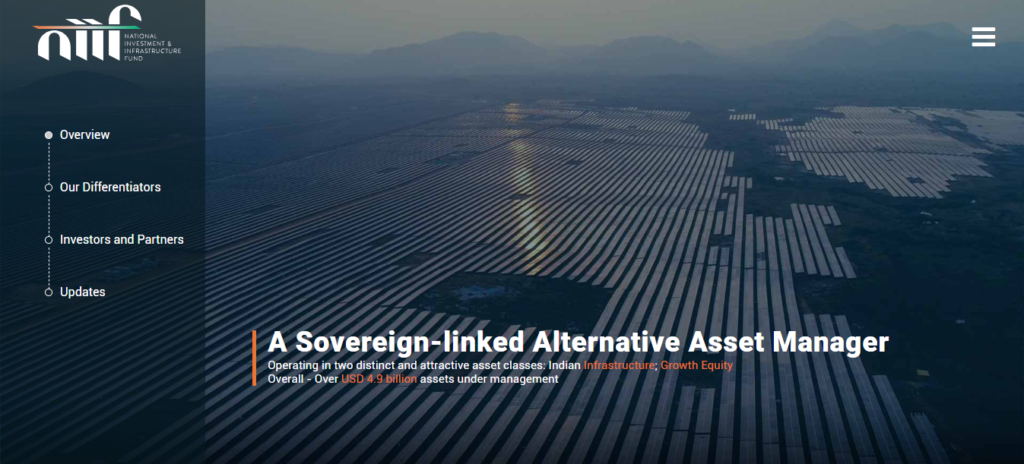INTRODUCTION
For the past 10 years Norway has consistently managed to grab a position in the top 10 of the World Happiness Index Report. A key factor behind this achievement is Norway’s prudent management of its funds, enabling the provision of exceptional benefits to its citizens. These include top-tier unemployment benefits, extensive paid parental leave, a genuine commitment to work-life balance, and a robust healthcare infrastructure.
So how does Norway achieve this? What’s the country’s secret?
Norway has a state managed fund called Government Pension Fund Global (GPFG). This fund was established to manage surplus revenues from Norway’s petroleum sector for future generations. These funds serve as a cornerstone in the nation’s strategy for sustainable development and societal prosperity.
The concept of state-owned and managed funds is not a common phenomenon, yet countries like Saudi, US and Norway have implemented and derived a lot of success from it. At Neuro Spark Work Solutions, we have gained extensive knowledge in this field, and along the way, we’ve seen the immense opportunity it offers.
Before exploring these opportunities further, let’s familiarize ourselves with some key concepts and terms.
State-owned and managed funds and their significance

Sovereign Wealth Funds (SWFs) are one instrument that the state manages; in other words, they are an example of state-managed and owned funds. These funds are like giant piggy banks that some countries have. They’re filled with money that the government saves up from things like selling oil or making profits from investments. The purpose of these funds is to make sure the country has money for the future, especially during tough times or when the country needs to invest in big projects like building roads, schools, or hospitals. They also help to stabilize the economy by providing a cushion during economic downturns.
So, basically, states own and manage funds like SWFs to save money for the country’s future and to help it handle financial challenges.
Fun Fact: It is estimated that SWFs alone have close to $12 trillion in assets under management (AUM)! Now imagine the wealth that all the state-owned and managed funds must have!
Does India have any State – managed funds?

Yes. India holds a state-owned sovereign wealth fund by the name of the National Investment and Infrastructure Fund (NIIF).
Note that each country manages their surplus money in one way or another. In India NIIF is not the only way through which India manages its surplus money.
Some other methods which India uses to manage the surplus revenues and national wealth are:
- Foreign Exchange Reserves
- Public Sector Undertakings (PSUs)
- Insurance and Pension Funds
- Mutual Funds
Navigating the Realm of Possibilities in this field

State-managed and owned funds, like Sovereign Wealth Funds (SWFs), are crucial for steering a country towards a sustainable future. They channel surplus revenues into long-term investments, shaping prosperity. Yet, these funds offer more than financial stability. They create opportunities for different stakeholders.
In this discussion, let’s focus on three perspectives: the potential for tech businesses, opportunities for retail investors, and avenues for institutional investors.
1. Tech Business Ventures in this field:

Tech companies are leaders in innovation, and getting involved with state-managed funds opens up exciting opportunities. Some of the problems associated with this domain include the lack of a single primary source of data, verification of the data, visualization, and efficient data storage.
There’s also a huge scope for introducing AI predictive models that can help in offering a powerful tool for informed investment decision-making. These prediction models can analyze vast amounts of data, including economic indicators, geopolitical developments, and market sentiment, to generate valuable insights for portfolio management. However, please bear in mind that success in this venture hinges on the accuracy and reliability of the prediction model, as outcomes are subject to the inherent uncertainties and complexities of financial markets.
Tech companies can use the latest tech tools like advanced data extraction, analytics, and AI models to transform how these funds work. Additionally, teaming up with state-owned and managed funds offers a chance to upgrade digital systems, simplify processes, and make investment strategies smarter. For tech entrepreneurs, partnering with state-managed funds isn’t just about making money—it’s also about making a real difference through tech innovation.
2) Opportunities for a retail investor in the field:

Retail investors, often seeking avenues for wealth creation and portfolio diversification, can find opportunities within state-managed funds through indirect investment channels. As these funds allocate resources across diverse asset classes, including stocks, bonds, real estate, and alternative investments, retail investors can gain exposure to global markets and potentially benefit from their long-term growth prospects. In other words, since these state-managed funds are known for their prudent management of funds, an investment in a particular sector (say, crypto) often signifies stability and reliability in that industry. This increases the chances of an investor investing in such a sector.
3) Opportunities for an institutional investor in this field:

Big investors like pension funds and insurance companies are key players in finance. They can take advantage of state-managed funds to invest in a wide range of opportunities. These funds give them access to different types of investments with varying levels of risk, helping them build portfolios for the long term and manage risk. Plus, they can use their know-how in choosing where to invest and assessing risks to work together with these state-managed and owned funds on joint investments or partnerships, making their investments stronger and reaching more places around the world.
In summary, state-managed funds offer a spectrum of opportunities for tech ventures, retail investors, and institutional players. These opportunities range from tech innovation enhancing operational efficiency to retail investors gaining access to diversified portfolios and institutional investors optimizing their strategies. Yet, the true potential lies in collaboration, where stakeholders unite to leverage expertise and resources. By fostering synergy between tech innovation, retail investment, institutional expertise, and state-managed funds, we pave the way for sustainable growth and shared prosperity.



